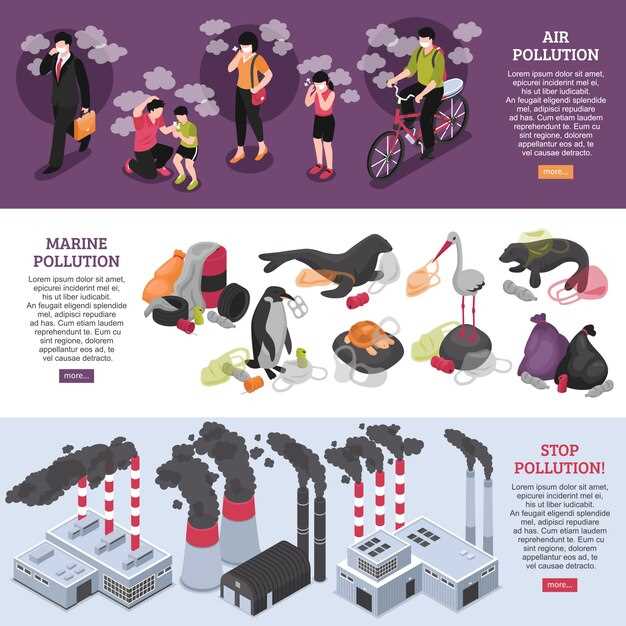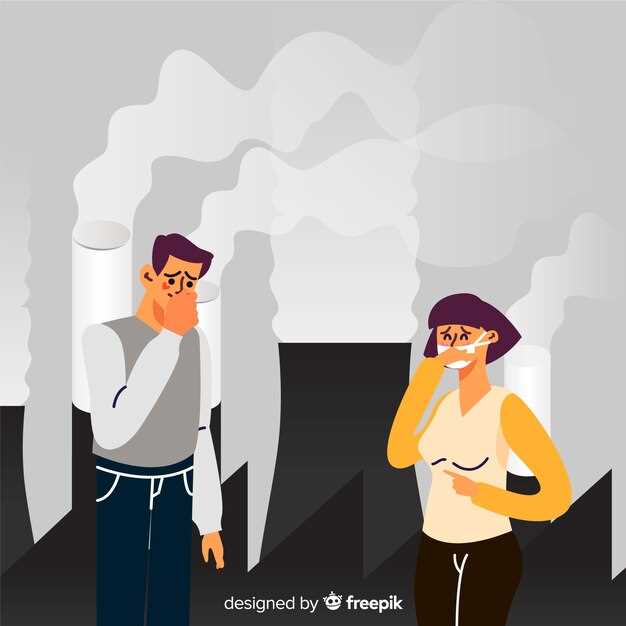
Understanding the condition of a vehicle often starts with a simple observation: the color of its exhaust smoke. While many drivers may overlook this seemingly trivial detail, the type of smoke emitted can reveal critical information about the engine’s health. This article delves into the different colors of exhaust smoke and the issues they may signify, empowering vehicle owners to diagnose potential problems early.
White smoke typically suggests that coolant is leaking into the engine, a sign of serious issues such as a blown head gasket or a cracked engine block. Recognizing this early can prevent more extensive damage and costly repairs. Similarly, blue smoke indicates that oil is being burned in the combustion chamber, often pointing to worn piston rings or valve seals. This issue not only affects engine performance but can also lead to increased oil consumption.
On the contrary, black smoke indicates an overly rich fuel mixture. This can result from various factors, including malfunctioning fuel injectors or a clogged air filter, leading to poor fuel efficiency and increased emissions. By understanding these signs, drivers can take proactive measures to address potential issues, ultimately prolonging the lifespan of their vehicle and improving its efficiency.
In the following sections, we will explore these smoke types in detail, offering insights into diagnostics and recommended actions for each scenario. Knowledge of exhaust smoke characteristics can be invaluable for both seasoned mechanics and everyday drivers alike, helping to maintain vehicle performance and safety.
Blue Smoke: Causes and Solutions for Oil Consumption Issues

Blue smoke from the exhaust of a vehicle is a clear indicator of oil burning in the engine. This phenomenon typically arises when engine oil leaks into the combustion chamber, leading to incomplete combustion and the characteristic blue-tinged smoke. Identifying the cause of oil consumption issues is essential for maintaining engine health and vehicle performance.
Causes of Blue Smoke:
Worn Piston Rings: Over time, piston rings can wear out, allowing oil to seep past them into the combustion chamber. This often leads to increased oil consumption and subsequent blue smoke.
Valvetrain Problems: Worn valve seals or guides can also be a source of oil leakage. When these components fail, oil is drawn into the combustion chamber, especially during acceleration, resulting in blue smoke upon startup or during heavy acceleration.
PCV System Issues: The Positive Crankcase Ventilation (PCV) system helps regulate engine pressure and reduce emissions. A clogged or malfunctioning PCV valve can cause excessive pressure buildup, pushing oil into the intake manifold and causing blue smoke.
Oil Leaks: External oil leaks that happen near exhaust components may not be directly visible in the engine oil level but could create smoke when the oil burns off as it drips onto hot engine parts.
Turbocharger Failure: In turbocharged engines, failed seals can lead to oil leaking into the intake or exhaust, producing blue smoke particularly when the turbo is under load.
Solutions for Oil Consumption Issues:
Regular Maintenance: Routine oil changes and engine checks can help identify potential issues before they become severe. Keeping the oil at the proper level and using the correct oil type is vital.
Replace Worn Components: If analysis shows worn piston rings, valve seals, or other critical engine components, timely replacement can restore engine function and eliminate oil burning.
Clean or Replace the PCV System: Inspecting and cleaning the PCV valve and related components can resolve pressure buildup issues and reduce oil consumption.
Address Leaks Promptly: Any visible leaks should be repaired immediately. This will not only help resolve blue smoke issues but will also improve overall engine efficiency.
Turbocharger Inspection: For turbocharged engines, inspect the turbocharger for faults and replace seals if necessary to prevent oil leakage into the system.
Detecting blue smoke is critical for vehicle health. Early identification of the cause can lead to effective solutions, ensuring optimal engine performance and longevity.
Black Smoke: Diagnosing Fuel Mixture Problems
Black smoke emanating from a vehicle’s exhaust is a clear indicator of an overly rich fuel mixture. This situation occurs when the engine receives more fuel than it can effectively combust, resulting in incomplete combustion and the release of excess carbon soot.
One of the primary causes of black smoke is a malfunctioning fuel injection system. Injectors that are stuck open or not functioning properly can deliver an excessive amount of fuel into the combustion chamber. Additionally, a faulty mass airflow sensor (MAF) or oxygen sensor can lead to incorrect readings, causing the engine control unit (ECU) to enrich the mixture unnecessarily.
Another contributing factor may be a blocked air filter. When air intake is restricted, the balance between air and fuel in the combustion chamber is disrupted, causing the engine to compensate by injecting more fuel. Similarly, a leak in the intake system can allow unmetered air into the system, which can negatively impact the fuel mixture.
Issues with the engine’s timing can also result in black smoke. If the ignition timing is off, fuel may be ignited at the wrong moment, preventing complete combustion and leading to an increase in soot formation. This can be further exacerbated by a worn-out spark plug or ignition system components that fail to provide optimal performance.
In turbocharged engines, black smoke may indicate turbocharger failure or issues with the intercooler. Insufficient boost pressure can lead to a rich mixture, requiring careful inspection of these components to diagnose the issue accurately.
To address the problem of black smoke, it is essential to conduct a thorough diagnostic process. Start by checking the fuel system, ensuring that injectors are functioning correctly and the fuel pressure is within specifications. Examine the air intake system for blockages or leaks, and inspect the sensors that regulate air and fuel flow. Regular maintenance, including replacing air filters and spark plugs, can prevent many of these issues from arising.
By understanding the causes of black smoke, vehicle owners can take appropriate measures to rectify fuel mixture problems, improving engine efficiency and reducing emissions.
White Smoke: Identifying Coolant Leaks and Compression Failures

White smoke from the exhaust is often an indication of underlying issues in the engine. One of the primary causes is coolant entering the combustion chamber. This can occur due to a variety of factors, including a blown head gasket, a cracked cylinder head, or a damaged engine block. When coolant leaks into the combustion area, it vaporizes and emits a characteristic white smoke when the engine is running.
Detecting coolant leaks is crucial for preventing severe engine damage. If white smoke is observed, the first step is to check the coolant level in the reservoir. A significant drop in coolant levels, accompanied by overheating, suggests a possible leak. Additionally, inspect the engine oil for a milky appearance, which indicates that coolant has mixed with the oil, further confirming a head gasket failure or a crack in the engine components.
Compression failures may also manifest through white smoke. When the compression in the cylinders is compromised, it can allow coolant to escape into areas where it should not be. This type of failure can lead to reduced engine performance and increased emissions. A compression test can help pinpoint the specific cylinder or component that is failing, guiding repairs more effectively.
Moreover, monitoring the exhaust residue can provide further insights. If the white smoke dissipates quickly, it may indicate normal condensation. However, persistent white smoke, particularly when the engine is warmed up, is a clear sign of significant issues. Ignoring this symptom can lead to costly repairs, making it essential to address any signs of white smoke promptly.
In conclusion, white smoke should never be overlooked. Timely diagnosis and repair of coolant leaks or compression failures can save an engine from extensive damage and ensure its longevity. Regular maintenance and thorough inspections are key to early detection of these issues.





